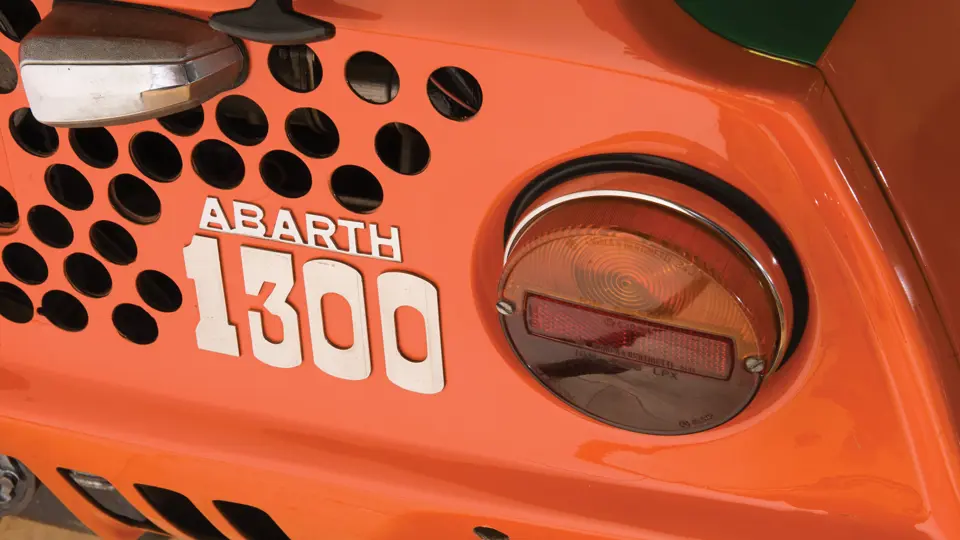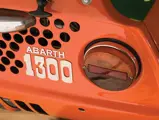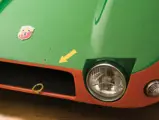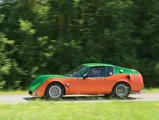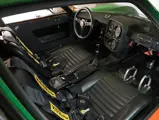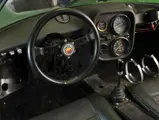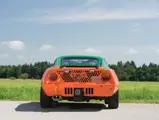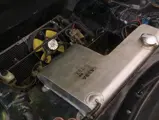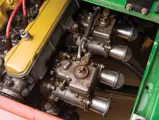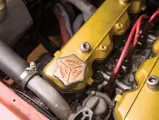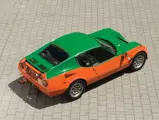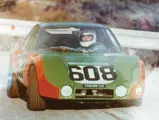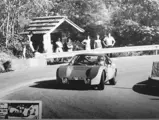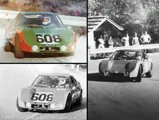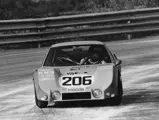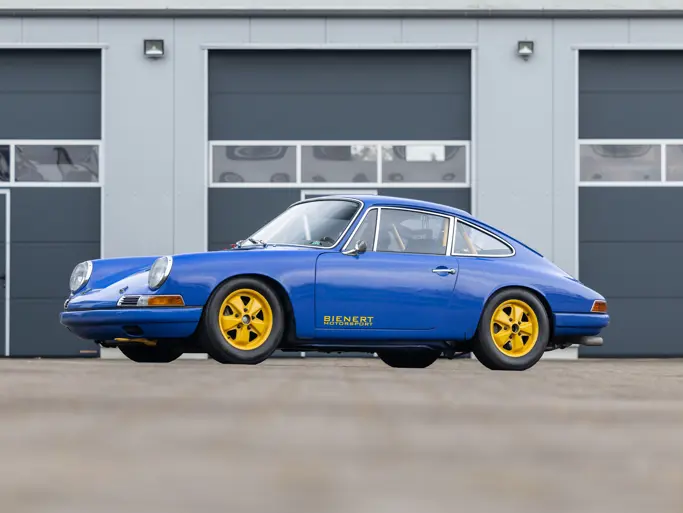
1969 Abarth Scorpione Prototipo
{{lr.item.text}}
£45,000 - £55,000 GBP | Not Sold
The Fendt Collection
{{bidding.lot.reserveStatusFormatted}}
- Offered from the Fendt Collection
- Rare and fascinating Abarth Scorpione
- High-performance competition provenance
- Quality restoration and tuning by Abarth specialists
Est. 125 bhp, 1,280 cc DOHC inline four-cylinder engine, four-speed manual transmission, independent coil-over-shock front suspension, coil-spring independent rear suspension with semi-trailing arms, and four-wheel hydraulic disc brakes. Wheelbase: 2,045 mm
The Abarth Scorpione arose from the Lombardi Grand Prix, a Fiat 850 derivative and the brainchild of Carlo “Francis” Lombardi, who’s Carrozzeria Francis Lombardi produced some notable coupés, estate cars, and limousines on Fiat chassis. The Grand Prix, a steel-bodied coupé with a Kammback stern and a low nose with pop-up headlamps, debuted in March 1968 at the Geneva Motor Show. The original Lombardi Grand Prix had standard 850 mechanicals, but later models adopted the 850 Special engine.
Lombardi and Franco Giannini formed Officina Trasformazioni Automobili Sportive (a sports car conversion shop) and sold a tuned twin-cam version as the OTAS Grand Prix, also marketed as the Giannini 1000 Grand Prix, in Italy.
Meanwhile, Carlo Abarth worked on his own variation, which utilised a 903-cubic centimetre engine, producing 51 brake horsepower, and a radiator that had been moved to the front for better cooling. In 1969 came the Abarth 1300 Scorpione, his last independently developed car. For this, he had taken a 1,200-cubic centimetre Fiat engine from the 124 S and bored out an additional 2.5 millimetres, bringing it to 1,280 cubic centimetres and making it good for 74 brake horsepower. Auto, Motor und Sport tested the Scorpione and pushed it to nearly 110 mph.
The car being offered here was built as a standard 104 N model on 16 December 1969 and was first registered on 20 January 1970 to Lido Giambastiani. He drove it mostly on the road but occasionally competed in hill climbs. In 1971, however, it was sold to Italian racing engineer Francesco Landi, who installed a twin-cam 1,280-cubic centimetre engine, which qualified the Abarth for his favourite 1,300-cubic centimetre hill climbs, and fitted twin Weber 40DCOE carburettors. He also re-configured the front suspension from transverse leaf spring to his own coil-over-shock design. He took 2nd place at the Coppa dello Collino on the car’s maiden venture, but its second outing was less successful, ending against a tree with damage to the front end.
Landi gave it a nose, with work being carried out by bodywork specialist Giovanni Paganucci, of Luccs. This improved downforce, which was welcome due to the weight of the rear-mounted engine. He also added NACA-duct air vents and Perspex windows and then painted it in an eye-catching green-and-orange livery, similar to that of the later Mazda 787B Group C racer. Landi then took 1st in class at Alta Garafagnana, but in 1971’s final race, the Coppa del Chianti Classic, the car retired with mechanical problems. Disappointed, Landi moved on, and the car passed through several Italian owners in the 1980s and ’90s.
In 1999, it was discovered in France by Luca Mazzanti, of F&M Auto in Pisa, Italy, and was restored to iconic glory. The restoration was completed in 2003, and the car was prepared for racing. New FIA credentials were issued in 2004, with it being classified in Period G2 and FIA Class GR6. Mazzanti used it in just a few historic events before selling it to Simon Park, of Oxfordshire. He had it thoroughly vetted by Abarth specialist Tony Castle-Miller, of Middle Barton Garage, and the car was registered in the UK. It was then exported to Germany upon acquisition by the Fendt Collection. Whilst in this ownership, the Scorpione was entrusted to Abarth expert Leo Aumüller, of Schönbrunn, to ensure that the car was up to high-speed jaunts down the German autobahn.
This unique Scorpione is an interesting little Abarth rocket, as it features Italian period competition pedigree and benefits from a number of race-bred development modifications.




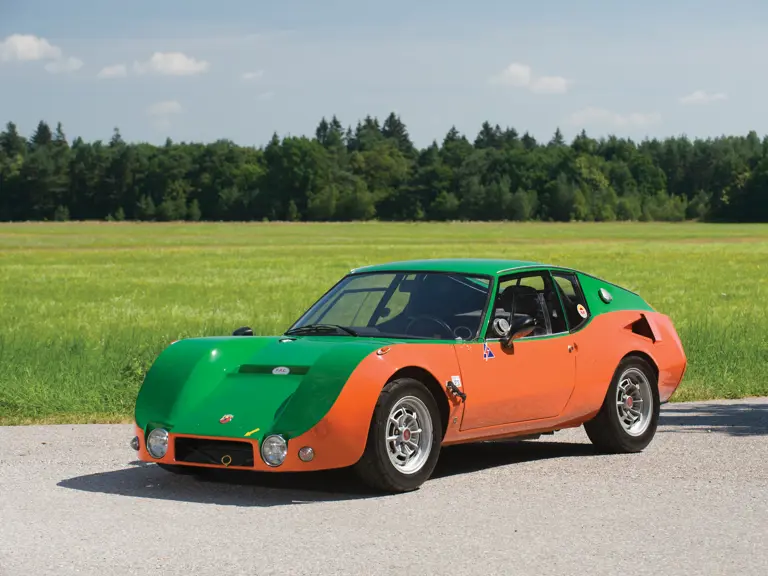

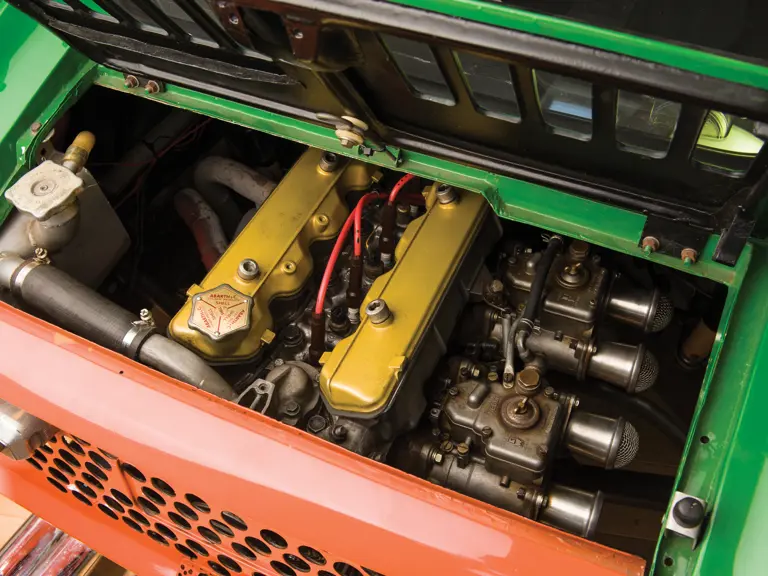
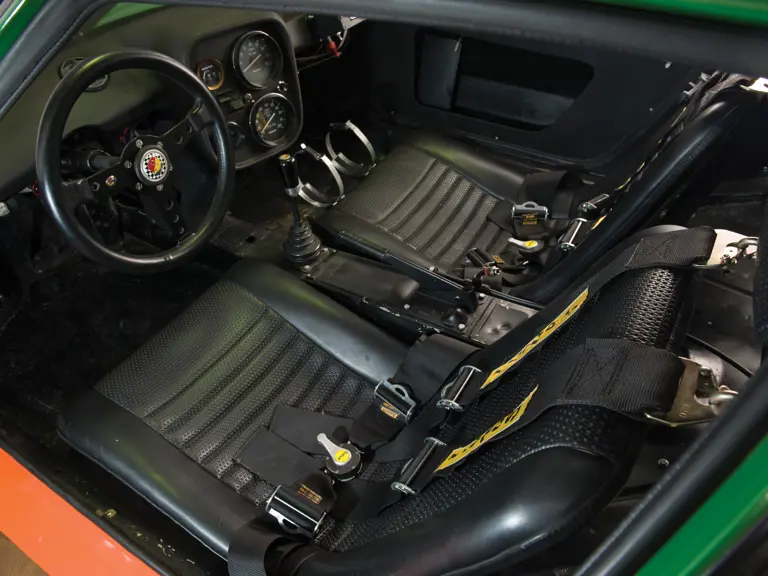
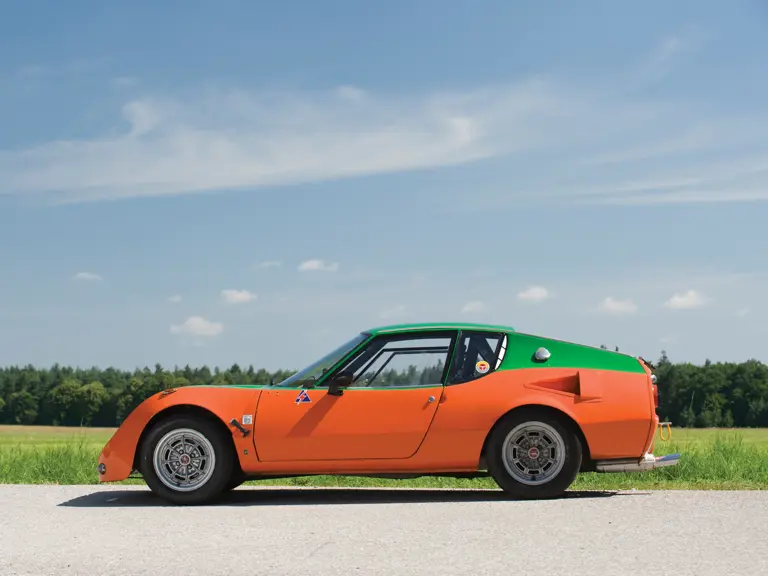
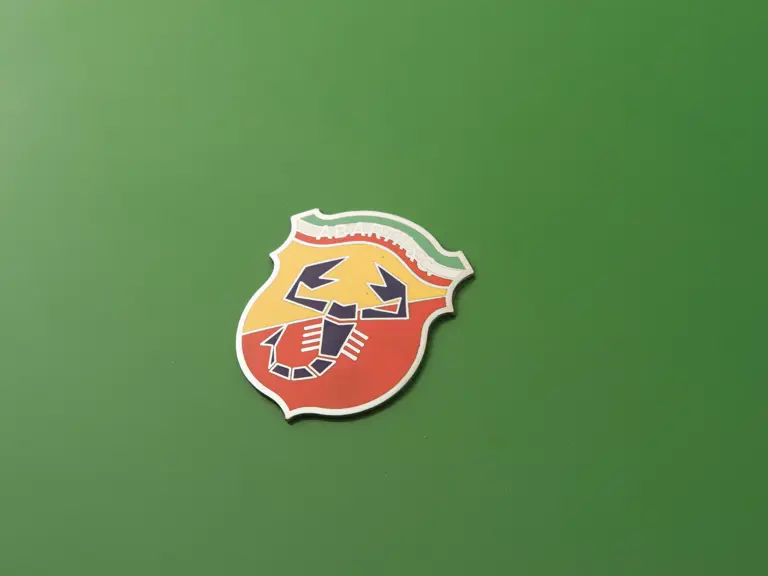
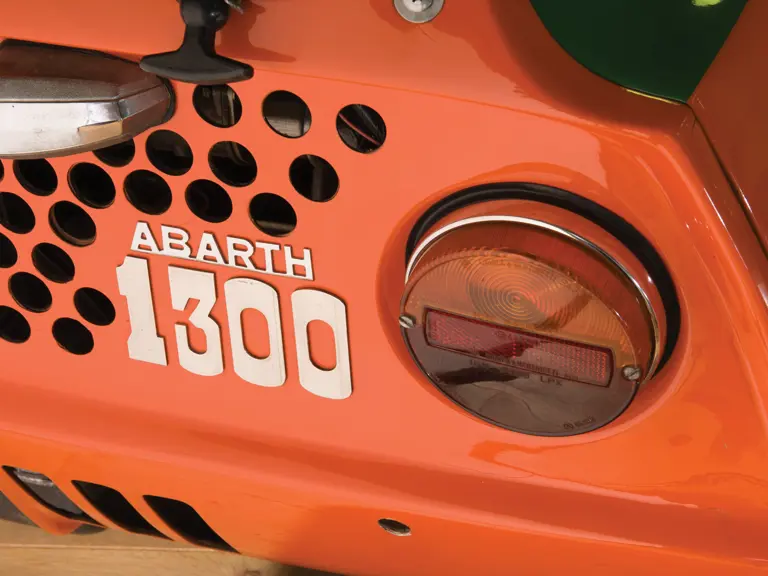

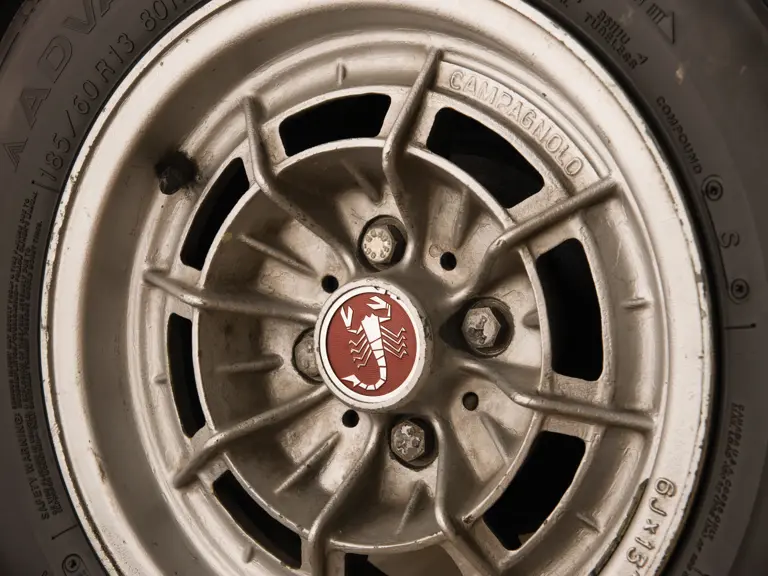
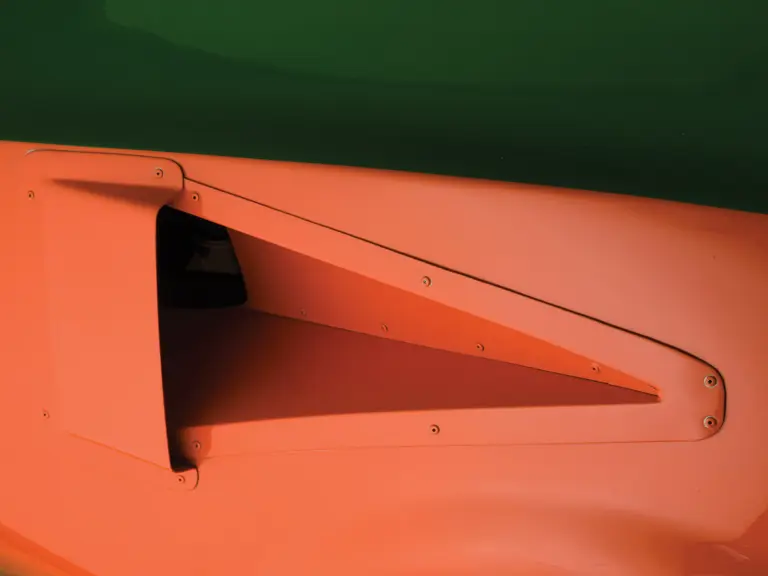
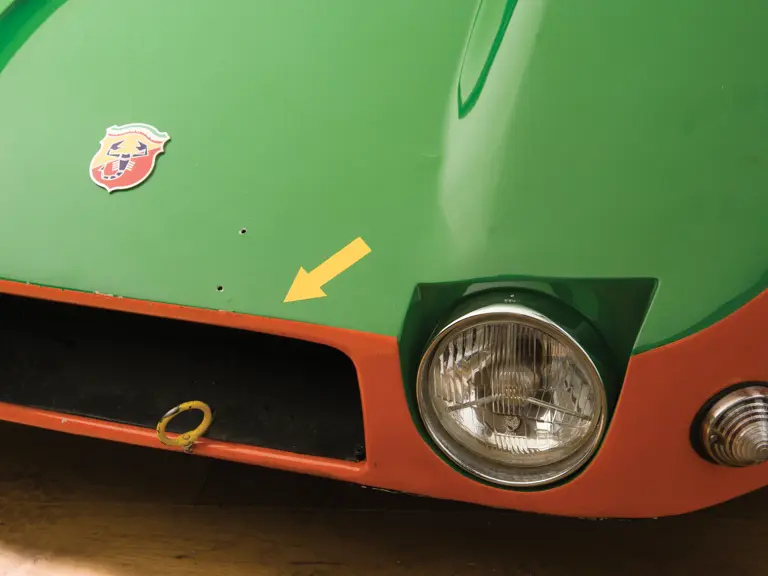
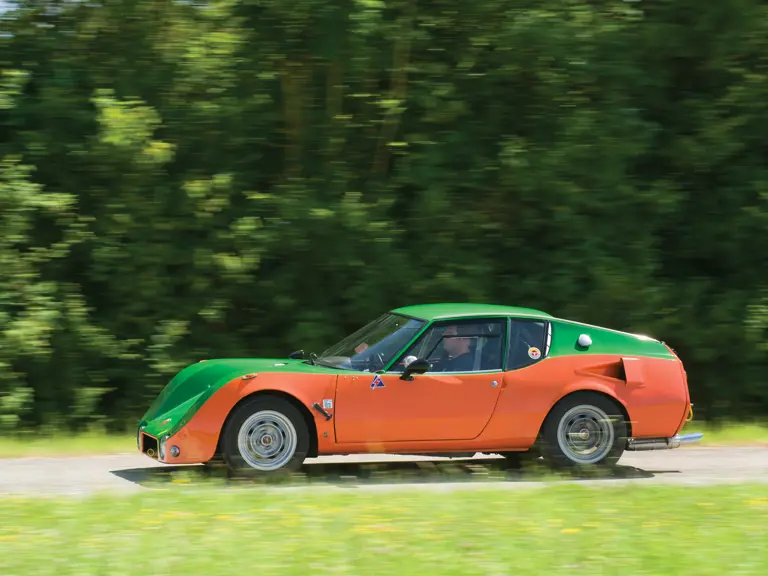

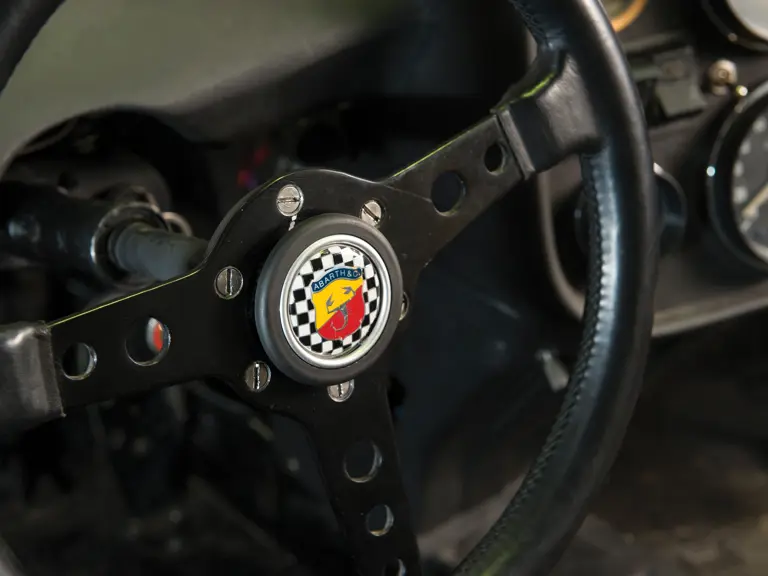
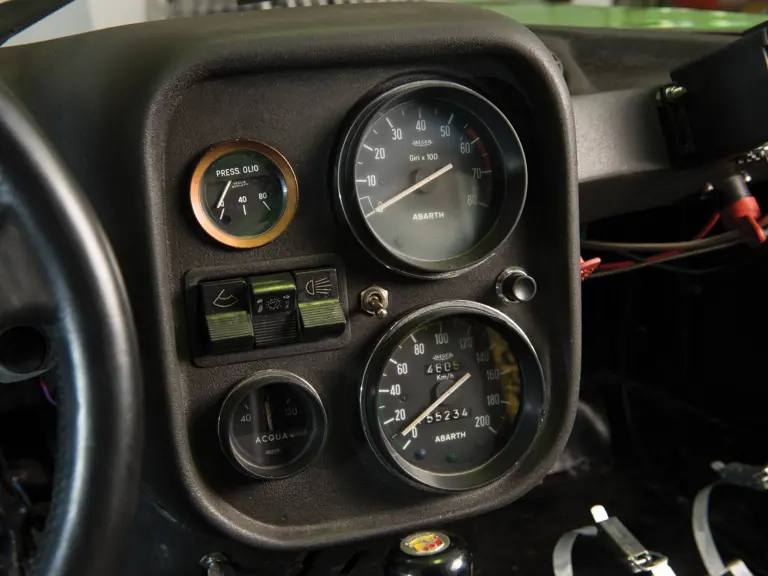
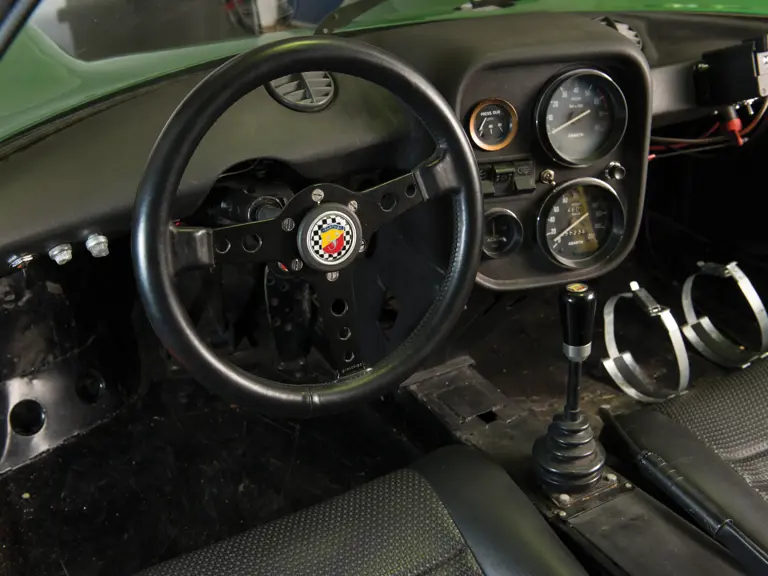
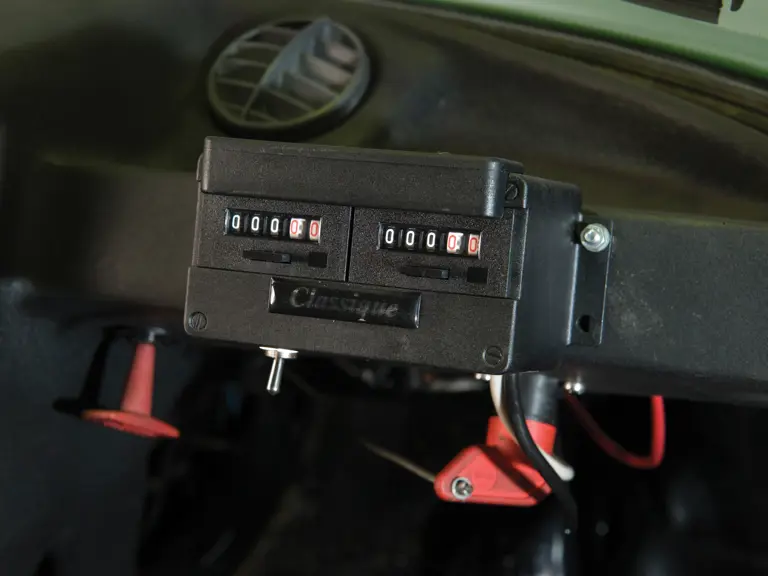
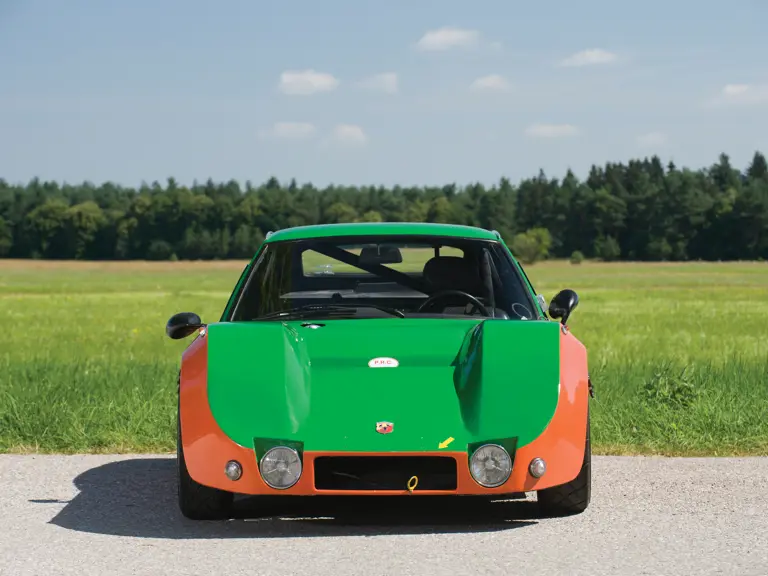
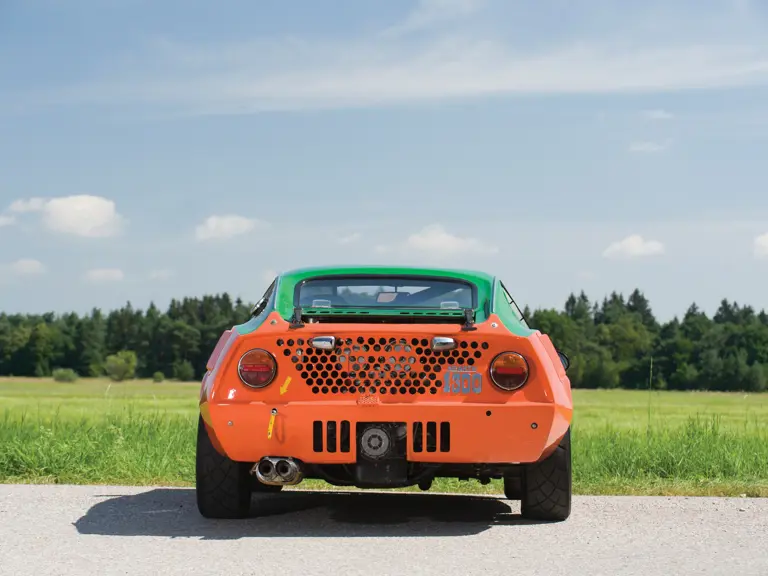
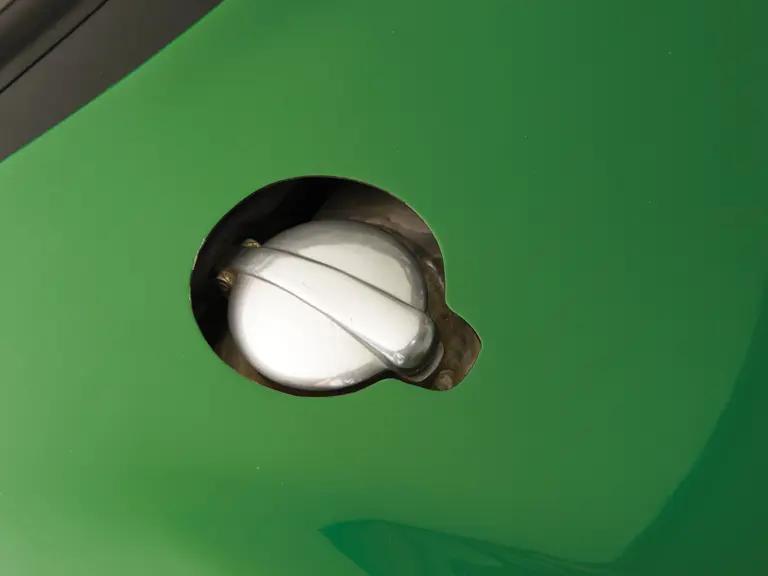
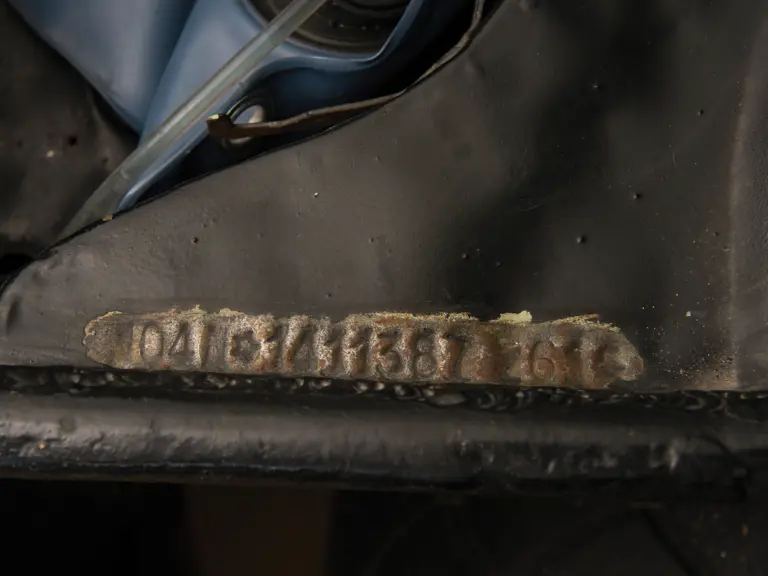
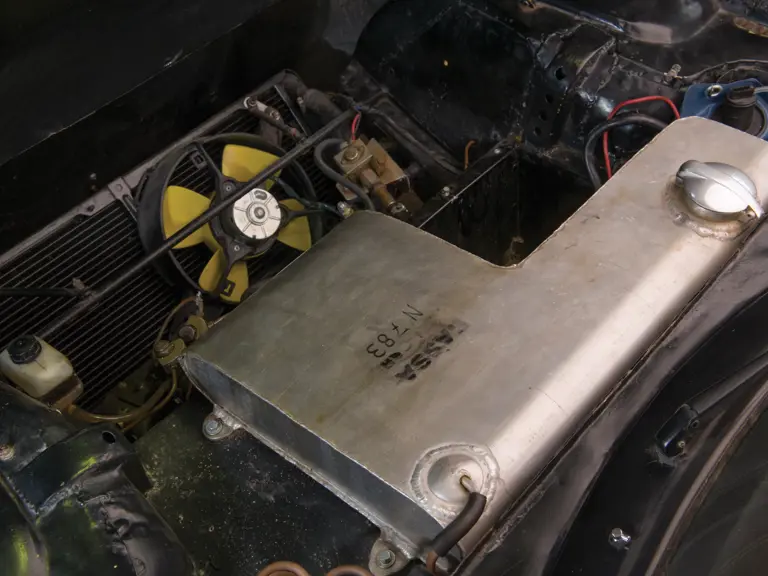
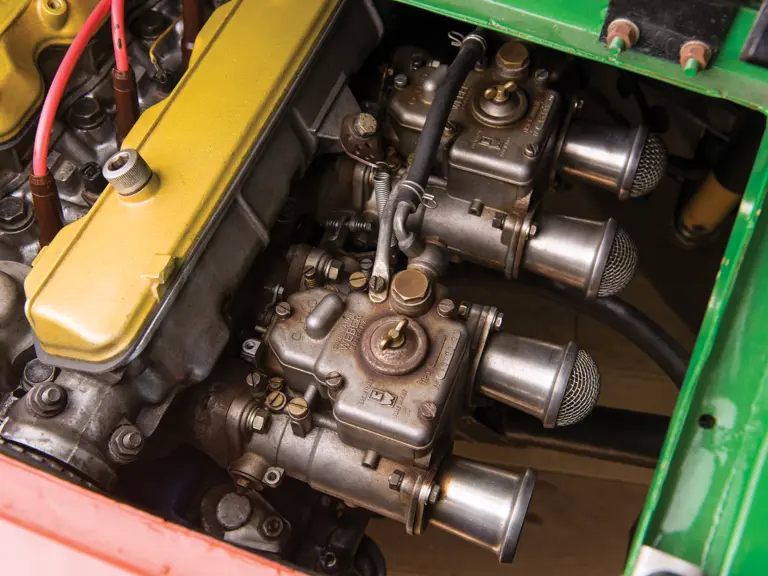
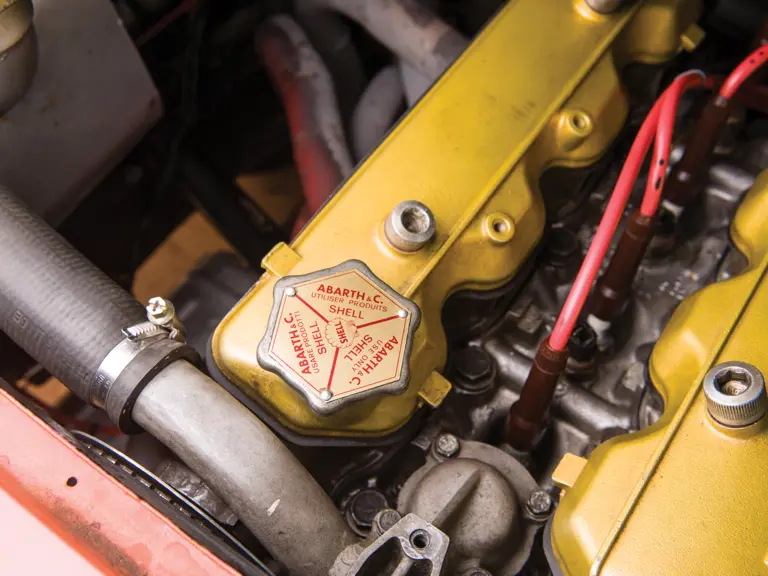
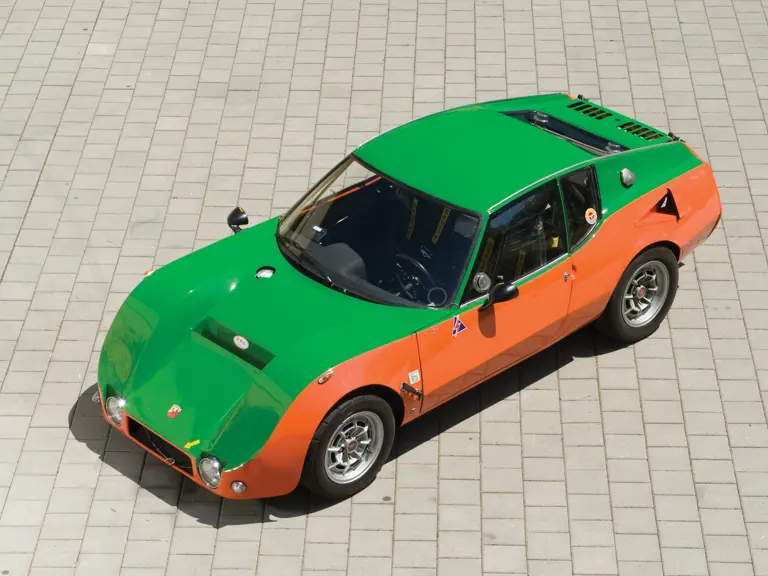
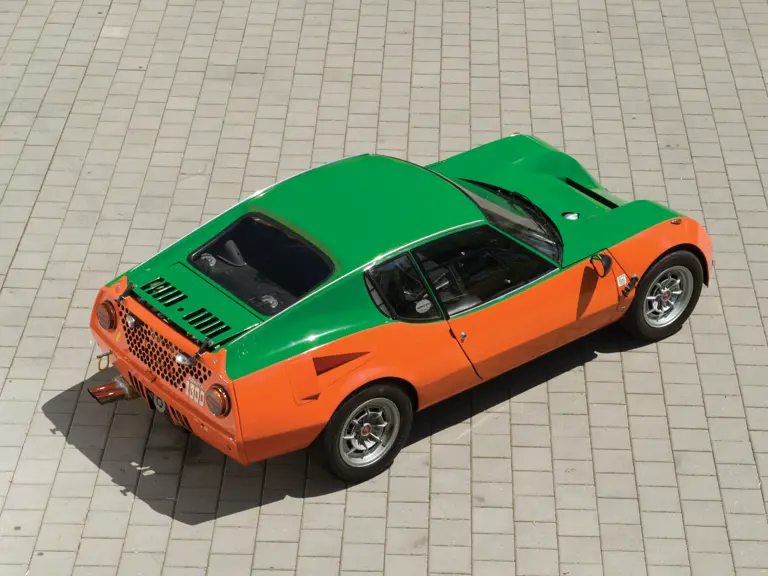
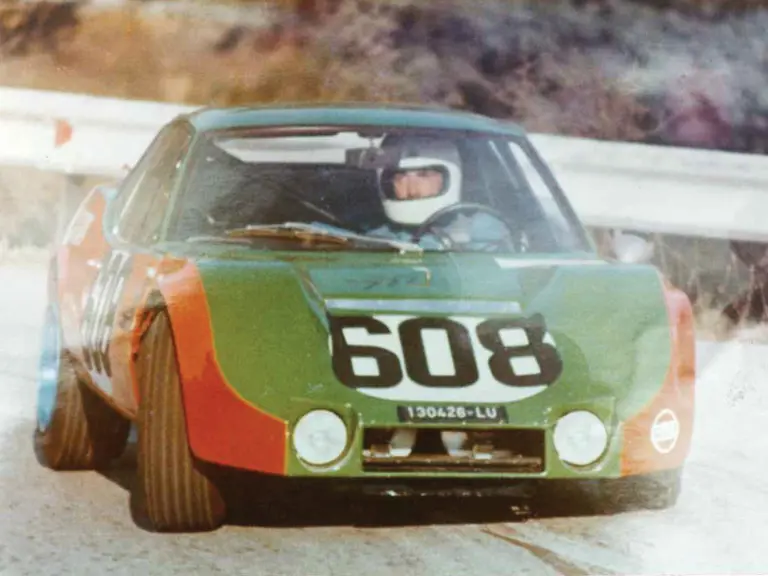
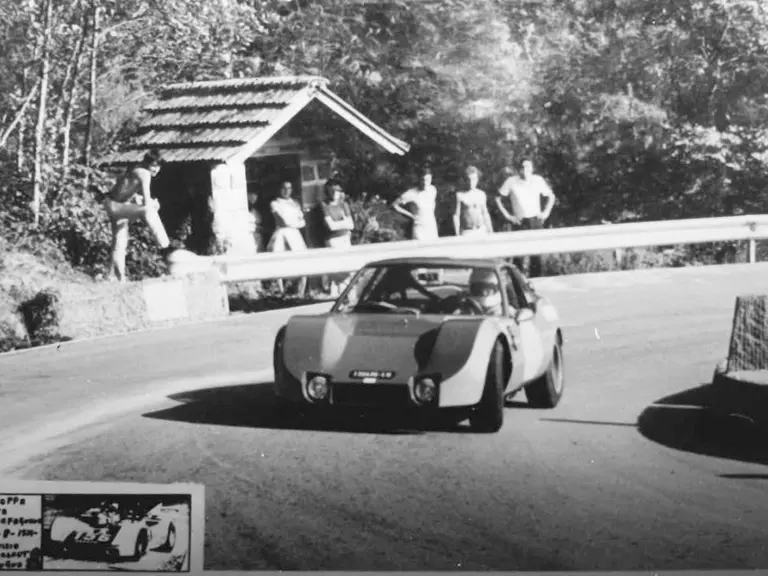
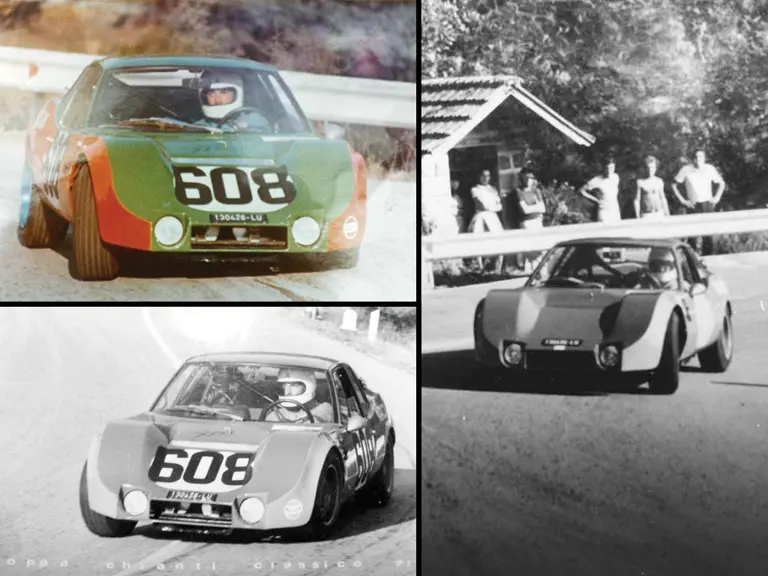
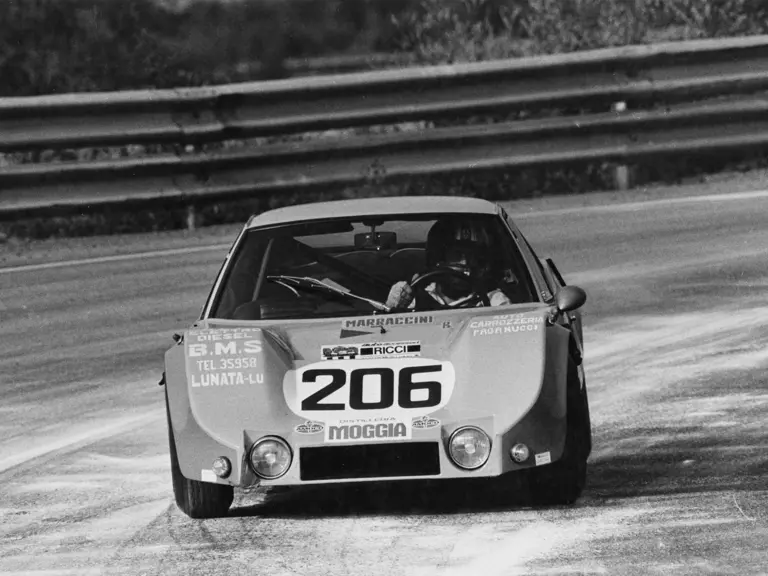
 | London, United Kingdom
| London, United Kingdom


